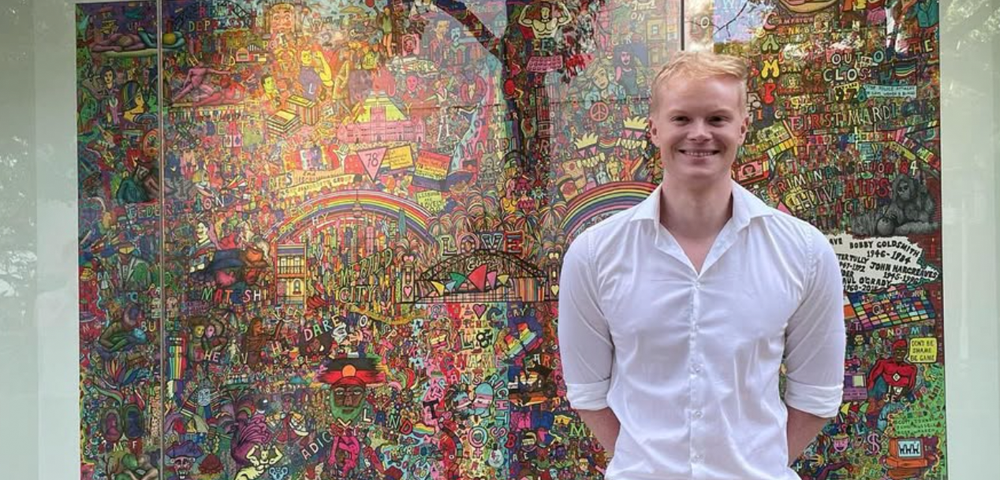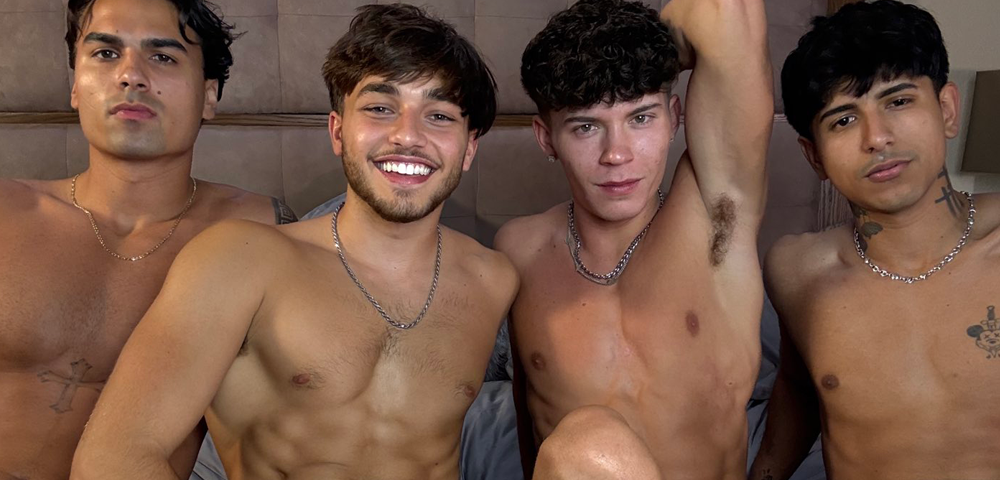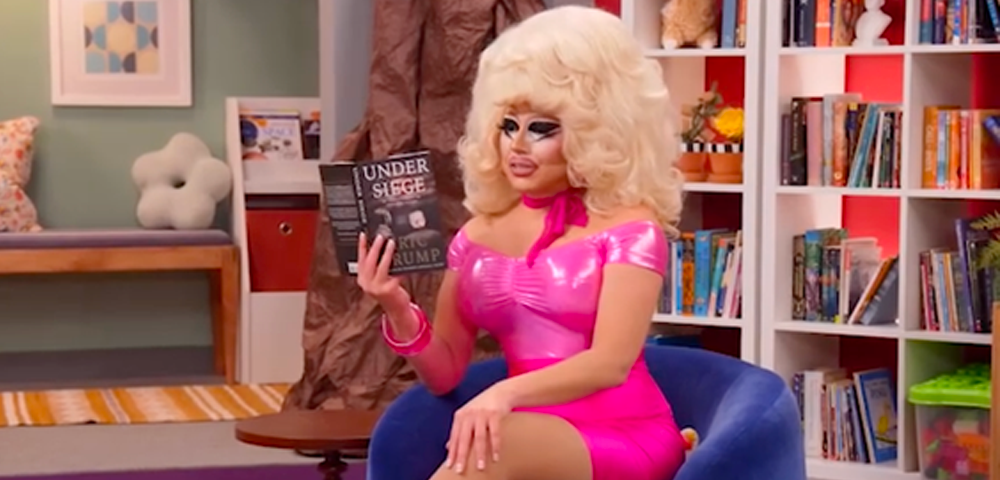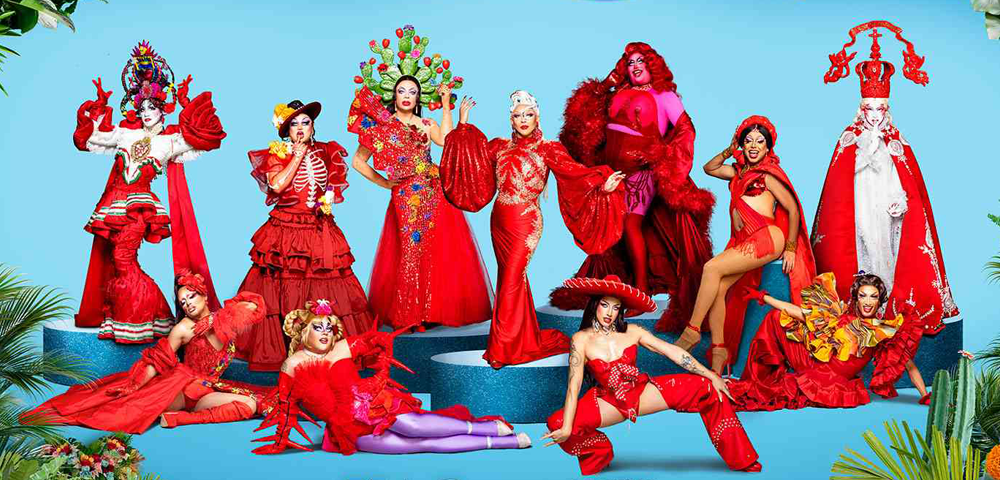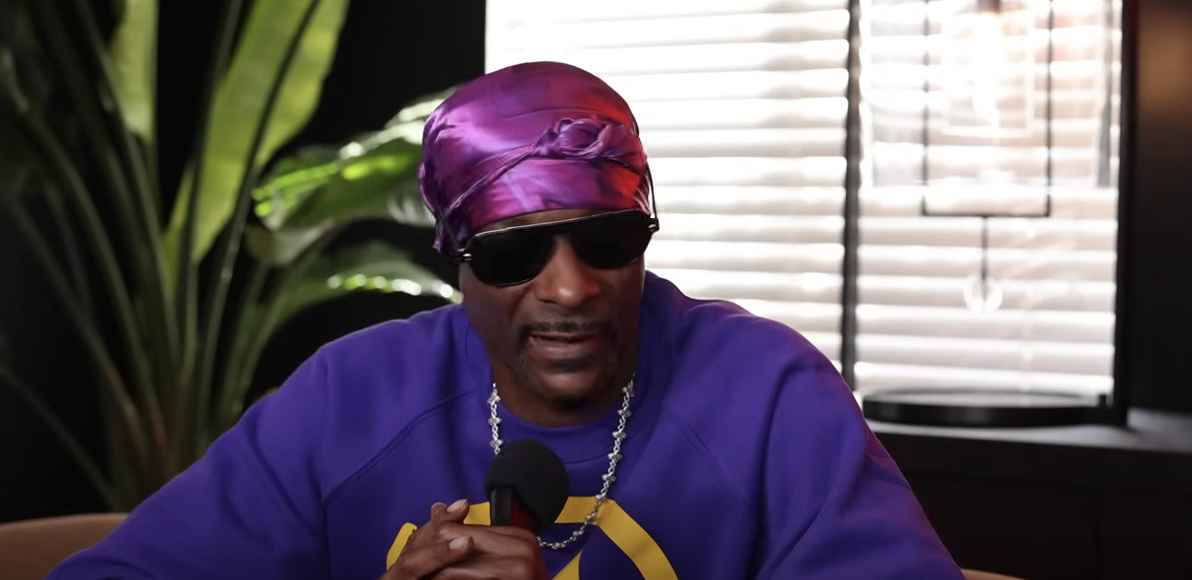
‘Then and now’: LGBTIQ+ issues that have defined 40 years of Australia’s queer history
From criminal activity and jail time to marriage equality and trans visibility, we’ve seen a huge shift in LGBTIQ+ issues and rights over the past four decades.
From then to now, Dean Arcuri takes a look at significant issues that defined each decade in Australia’s queer history.
1980s (Rise of the Human Immunodeficiency Virus)
The HIV/AIDS epidemic put the gay community front and centre in the ‘80s, as scientists worked hard to try and figure out what was causing so many deaths around the globe. It was a time when misinformation and fear ran high and even though symptoms could take years to manifest, when they did, our medical community just didn’t have the answers.
THEN:
Bill was diagnosed as HIV-positive in 1984 and was one of the first people in Melbourne diagnosed with the disease.
“We had become aware that gay men in New York, San Francisco, and Chicago were becoming ill with something and would die quite quickly, and assumed it would come to Australia,” he says.
“Every indication was that this disease was sexually transmitted, and even though I was in a monogamous relationship, I was concerned for my friends.
“I gave blood in 1982 as part of a study on gay men with hepatitis, and when equipment arrived in Australia that tested for the HIV antibodies, they decided to run the blood they had on file through the equipment. I was one of the few who showed up as positive. I was shocked, as I had been infected for at least two years.”
Bill’s doctor at the time told him there were only three things [medical professionals] knew for certain: that they started off thinking people were fine, then they became sick, and then they died.
“I was in my mid-twenties and walked around thinking that I was going to die, and spent the next few months pretty traumatised with the opinion that, since I was infected, that was it; if I was lucky, I only had a year to live.”
NOW:
Thanks to people living with HIV putting their hands up to be guinea pigs as medicine advanced to combat the disease, HIV is no longer a death sentence.
Anton was diagnosed as HIV-positive in 2015.
“I went to the hospital with back pain and they couldn’t figure out what was wrong with me. The doctors asked me about my sexual habits and decided to do a HIV test and it came back as a ghost result,” he says.
“After a couple of days when I wasn’t getting any better, they concluded that this was because I was HIV-positive.
“My viral load was 1.1 million and a normal person is 800,000, so they put me on a new drug straight away to see how I reacted to it, and within six months my viral load became undetectable. My body reacted to the drug perfectly, and my immune system became a lot stronger because of it.”
Anton believes that despite the internalised stigma that still comes with a positive diagnosis, the nature of being HIV-positive is miles different than it was four decades ago.
“‘The doctors and nurses that treated me were great, and at no point did they make me feel like this was my fault,” he says.
“But for all our medical advancements and knowledge, people are still contracting the disease today. We‘ve seen campaigns saying we can end HIV by 2020, but that’s less than twelve months away now, and just because we have ways to treat the disease doesn’t mean infections are slowing down enough.”
1990s (The beat goes on)
Beats: where no-one knows your name, and they are always glad you came.
For years, men who had sex with men would gather in parks and public toilets to connect for sex or intimacy (and many still do today).
But changes to laws where it could be considered an offence if sex takes place in a public space or seen by a member of the public, as well as bashings and murders, catapulted these normally safer spaces into the public sphere and changed how they were seen.
THEN:
Years ago, when Mark was married, he would frequent beats after playing squash at the gym. And while these spaces gave him plenty of pleasure, they carried a lot of risk as well.
“The public toilet near the pools I played squash at was a very well-known beat back then,” he says.
“You could slip in before or after a workout and be cruising in no time. We’d sometimes hop into a cubicle or go into the trees near the footy oval and get down to business, as it were.
“Going to a beat allowed me to compartmentalise my feelings for men, you didn’t feel like there was much of a risk. Like going for a workout, it was part of my regime. I could fulfil my yearnings and then go back home to my family.
“You’d be surprised how many men with wedding rings you’d find there. And if we saw each other somewhere else afterwards you just didn’t acknowledge it, that’s how it was done.”
However, Mark says it wasn’t always a pleasurable experience, particularly as beats became unsafe sites for many gay and bisexual men.
“One time I was at the urinal cruising a guy and when we started getting down to it, he revealed he was a police officer,” he says.
“I was terrified – not only was I going to be found out, I was going to be arrested as well.
“He gave me a warning in exchange for me blowing him and I never went back to that toilet again. Every week when I’d go and play squash I’d sit in my car and look at the men coming in and out, but I just couldn’t do it. I guess I was lucky that’s all that happened.”
NOW:
It’s not just closeted or straight men who frequent beats today, with plenty of gay men still using them for intimacy.
While many beats have been closed down by councils over the years, the rise of apps haven’t diminished their use. Is it the anonymity or just the convenience?
Michael, a gay man in an open relationship, prefers beats to the apps, saying there’s a lot less commitment and a lot more fun.
“There’s certainly a lot less around than when I was younger, but you’d be surprised how many beats there are out in the suburbs still today,” he says.
“As the public toilets have been closing down, parks have become the space to meet now, or along walking trails.
“Even though we have apps now, it’s an anonymous thing that takes a lot less effort. You don’t have to create a profile that could leave a trail if you’re a closeted person. And there is a rush that comes with it, from cruising to hooking up.”
He adds that the spontaneity gives the experience a certain thrill as well.
“The convenience helps as well, I just rock up and see what’s going on in the area,” he says.
“I know I am making a wild assumption when I say this, but there are generally heterosexual or bisexual men hanging around there, you can tell by the ring on their fingers.’
“While some may see it as anti-social behaviour and have shut down the beats, they are still spaces that gay, bi, and straight men go to to have sex with men. At the end of the day, cruising is a real turn on, and with anonymity there’s less drama and more fun.”
2000s (Out of the closet and into the mainstream)
For years queer characters were that distant cousin or punchline in mainstream media and popular culture, but thanks to TV shows like The Real World, Queer as Folk, The L Word, and Queer Eye for the Straight Guy, our lives were being seen, explored, and celebrated.
After years where the majority of our community’s media exposure was around stories of murder, death, or disease, this changed the landscape for how we were seen, and this was the decade where we had to try and figure out what that meant and how we dealt with it.
THEN:
Jack came out just as the US version of Queer as Folk began to air, and used the show as an example of what his life was like when people would ask him what it meant to be gay.
“For me that show was a true portrayal of the life I was living,” he says.
“The gay characters weren’t a caricature like I saw when I was growing up with Mr Humphreys on Are You Being Served? or ‘those kind’ of portrayals on TV.
“It was really empowering to see that.”
Jack says the stories were made for everyone to watch, giving the heterosexual community an insight into who we were.
“They saw that we had these fabulous clubs and cafes that we would always hang out at, and that we had the same relationship problems as them,” he says.
“But we weren’t hiding… instead we were inviting them to come and see it with us.
NOW:
This stronger representation in mainstream media has meant the narratives of our communities have evolved as well, and today we see shows and stories exploring the lives of transgender and bisexual people, not just gay men.
But just because there has been an elevation of representation and visibility doesn’t mean it’s what we need people to be seeing.
Michelle is a bisexual transgender woman and feels that mainstream media spends more time ticking boxes with our narratives than getting them right.
“We’re lucky we live in an age where so much creator-owned content is being shared through social media and YouTube, because the mainstream media is still not where it needs to be when I see representation of my communities,” she says.
“What I love about the modern space is that we can actually create our own content and therefore create real stories.
“The mainstream isn’t hitting the mark, especially when it comes to trans representation. But now people have the opportunity to start writing their stories and creating their own, and we have platforms to help elevate that.”
Michelle says trans women still don’t see themselves properly represented in the media.
“It’s not enough to just have a trans character and hope that starts a conversation anymore,” she says.
“We want a trans Will and Grace or a trans Sex and the City, and YouTube has really become a platform for true representation.”
2010s (I now pronounce you equal)
The fight for equal marriage rights this past decade brings up a lot of different emotions for many in our communities.
While it took a lot to achieve a Yes vote in that unnecessary postal survey in 2018, you can’t deny that achieving that also left those further marginalised in our communities feeling disconnected and isolated while standing under our collective rainbow.
Still, legalising marriage equality was not a easy fight, and it was a fight that was years in the making.
THEN:
Convenor of Equal Love Melbourne, Ali Hogg, takes us back ten years to when the fight for marriage equality really stepped up.
“2009 was a massive turning point for the campaign, when our rallies went from hundreds of people to thousands,” she says.
“This coincided with changes in opinion polls and was the first year anyone had put up a bill to challenge Howard’s amendment to the Marriage Act.
“We saw a 22 per cent jump in support for marriage equality in the opinion polls and we could finally see some momentum building. All around the world we were seeing countries coming out and changing their Marriage Act and many thought Australia was a very progressive country that just had a passive government.
“But suddenly countries weren’t just discussing marriage equality, they were winning the argument as well, so it was significant to see that happening around the world and I think that gave people a sense that we might actually be able to win this if we come out and fight.
“It was the shot in the arm the campaign needed.”
NOW:
Several bills in parliament and rallies around the country saw us finally put in a position to achieve equal marriage, even though we were forced into it by a public postal survey.
But now it’s a year later and many married couples are celebrating their first anniversaries as a legally married couple.
Lucas spoke to us a week before his first anniversary about what that equality means to him today.
“Marrying the man I love is something I always wanted, and it was so wonderful when it actually happened,” he says.
“A few people have asked what’s it like now we are married, and the truth is it hasn’t really changed anything between us. Our love is still the same, we still live our normal lives day to day, but it’s the stuff we don’t see that has changed around us, and they are probably the most important parts of life.”
Lucas says it’s weird to think that he and his partner are coming up to their one year anniversary, given the long years it took Australia to achieve marriage equality.
“Here we are a year later and things haven’t fallen apart… we haven’t hurt anyone and have just gotten on with it, and I can’t wait for the next anniversary and the next and the next.”
What a difference four decades make. With the passion and drive of queer youth today, it’s exciting to see where we will be in another 40 years.




